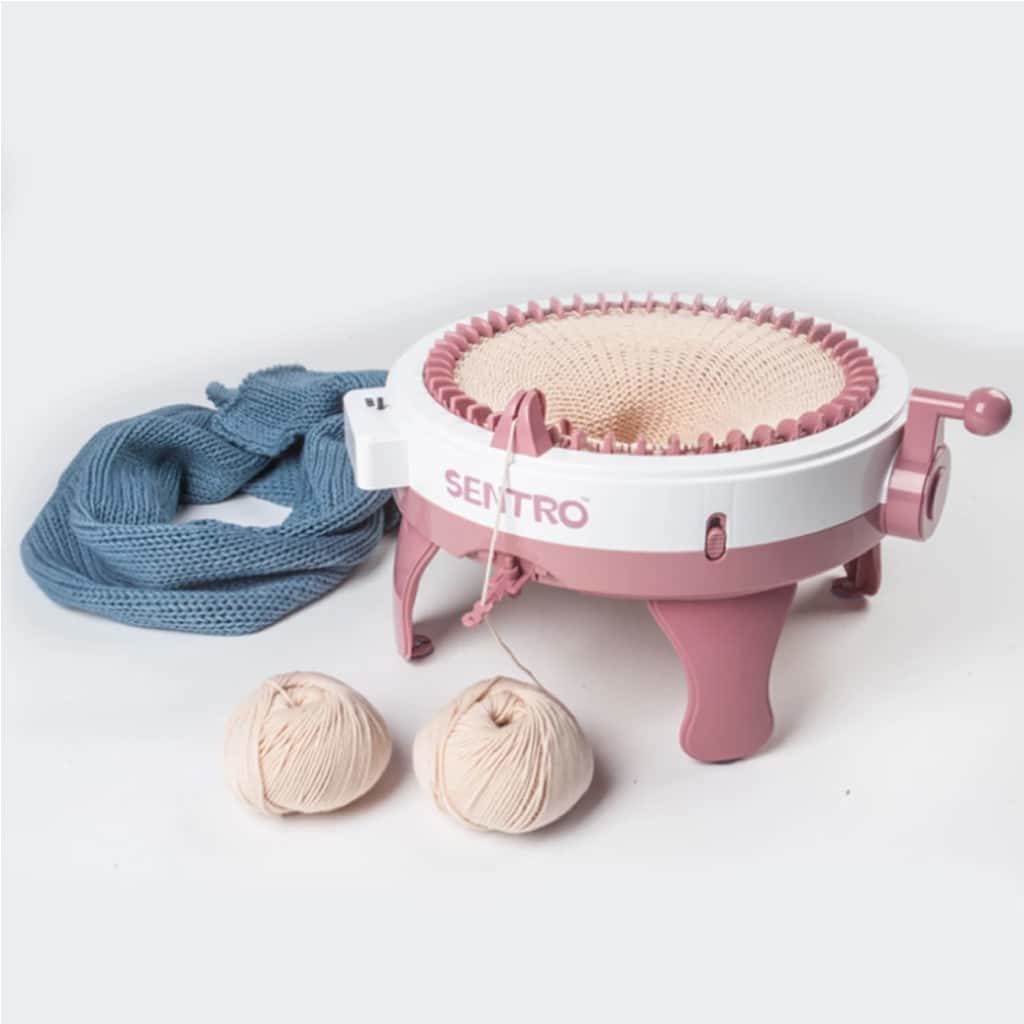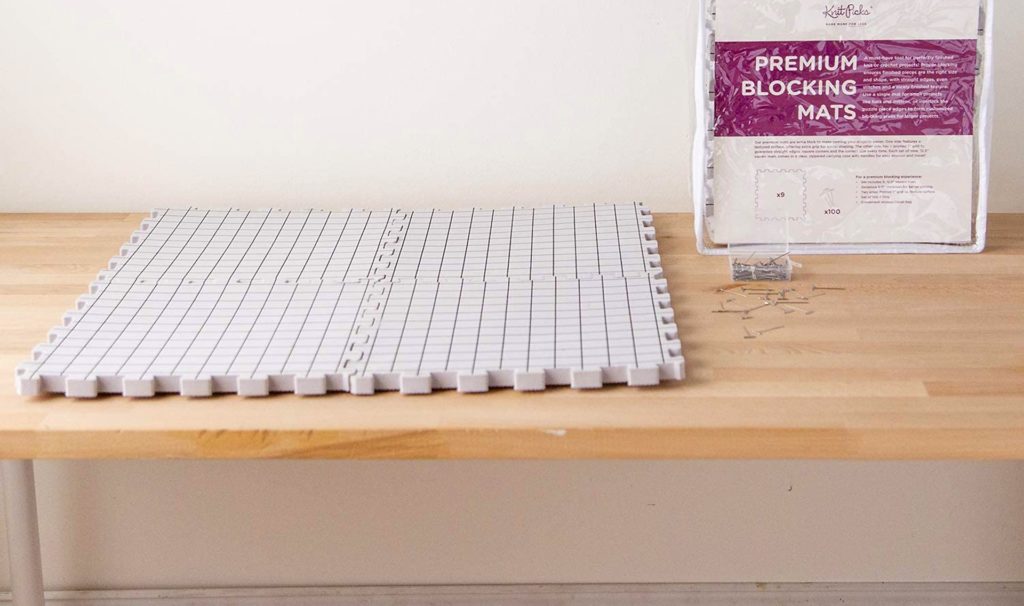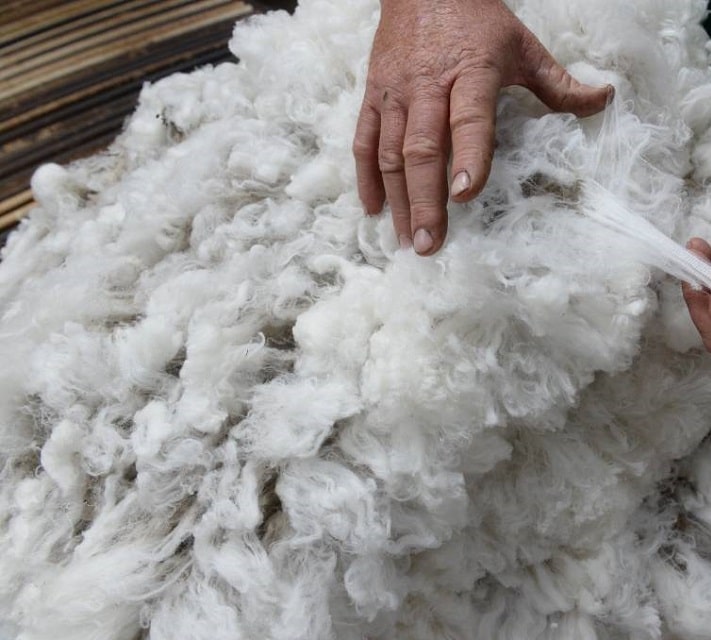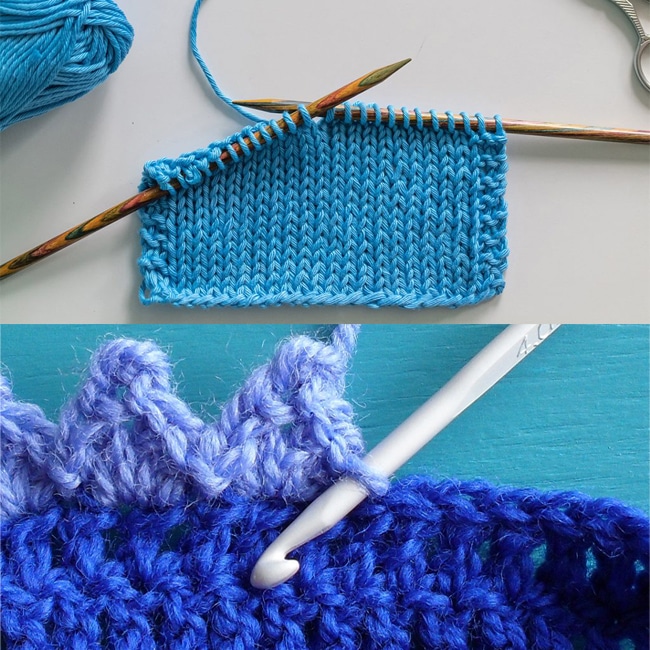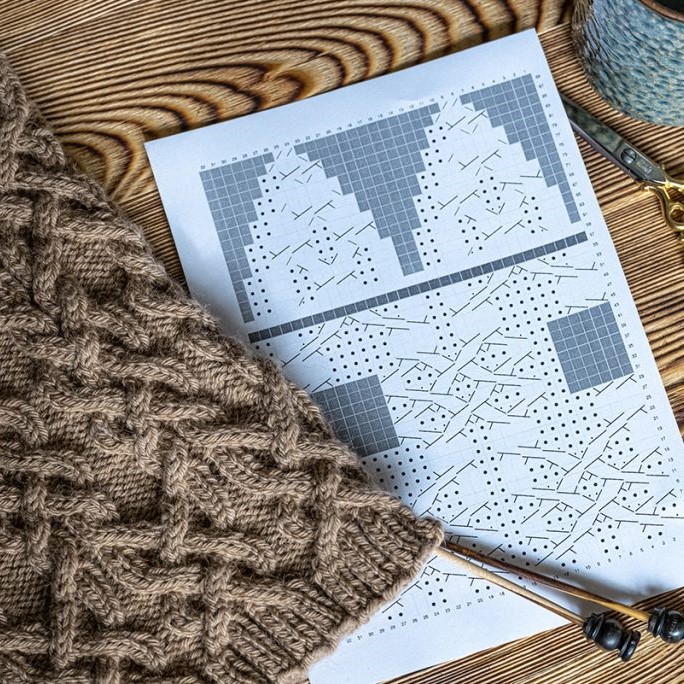

Regular knitters know their work is not a simple one-time job. They can’t just start and finish in one sitting. Putting down your work means forgetting which row you were on. Sometimes you can lose track of the rows even during knitting. This is why it is important to learn how to count rows in knitting.
There are ways to count rows while knitting, some include external tools, while others simply require items you can easily find at home. We have compiled a detailed guide that teaches you how to count rows in knitting like a pro.
Reading your knitting is an essential skill. It’s what differentiates an amateur knitter from a great knitter! However, this requires knowledge of the types of stitches you are doing and how you can read your knitting to count the rows for different types of stitches.
In order to correctly count the rows during knitting, it is important to identify your stitches and distinguish between whether you knitted a stitch or purled it. You also need to be able to tell which lines you see make up a stitch. This can easily be done by identifying certain shapes.
Let’s see how to count stitches.
If you are wondering hot to count knit rows that doesn’t involve manual counting and that is using row counters. A row or stitch counter is a tool that can be easily placed at the end of your needle or kept by your side while knitting.
There are some easy tricks you can use to count rows in knitting, using items you can easily find at home.
Common mistakes when counting rows in knitting include:
By avoiding these mistakes, you can ensure that your row count is accurate and your knitting project will turn out just as you envision it.
The cast on stitch is not considered a row, however, it is simpler to keep track of all the rows in the completed fabric by counting downwards from the needle and excluding the loops on it.
We think that using a paperclip in conjunction with a printed copy of the pattern is a superior way to monitor your progress in a knitting project, Position the paperclip on the side of the pattern and direct it to the row you are currently working on. As you finish each row, move the paperclip downward.
Knitting is a very therapeutic hobby, and a lot of people find it quite relaxing to knit in their free time. However, sometimes it can be quite frustrating when you lose attention and miss the count or pattern you were following.
Counting rows while knitting can keep you from losing track and stay focused. Now that you know how to count rows while knitting using two different techniques, there are some other things that you can try to make this task even easier.
Using good quality knitting needles can make knitting a breeze! Another excellent way to make knitting easier, especially for beginners, is to get a knitting book! You can easily find the best knitting books to learn about new and exciting hacks that make knitting even more fun!
We hope you found this article helpful!
Good luck!

